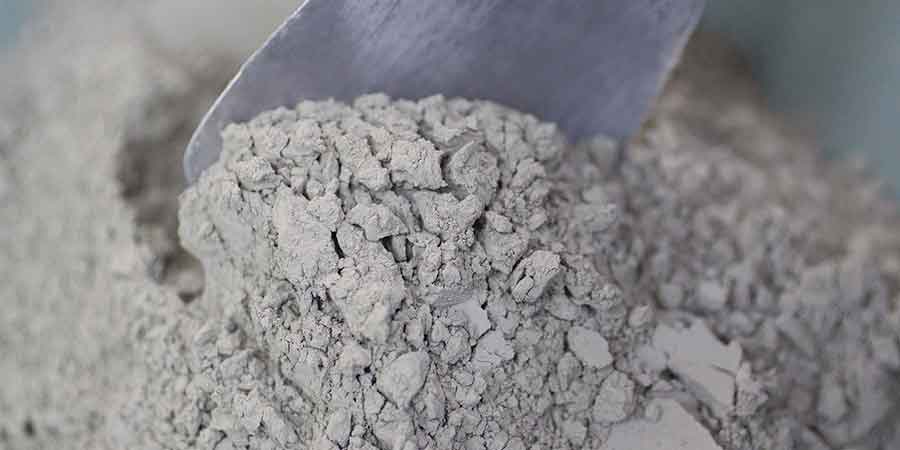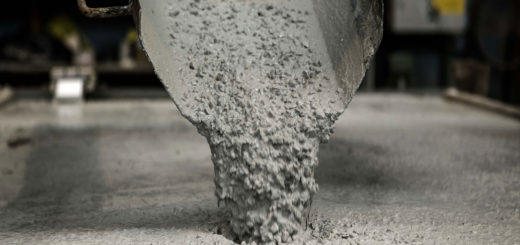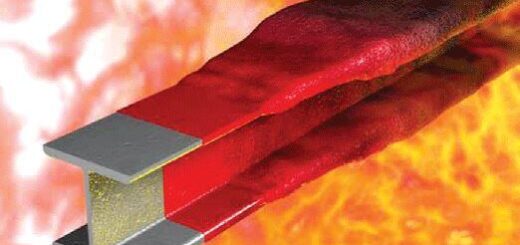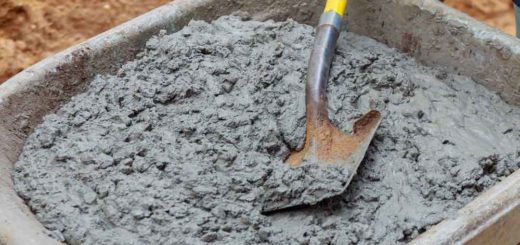Difference between OPC and PPC Cement | How Use
This article provides an overview of the differences between Ordinary Portland Cement (OPC) and Portland Pozzolana Cement (PPC) with a focus on application considerations for civil engineers. It is important to note that the right choice of cement will directly impact the quality, longevity and performance of a building project. In this article, the two types of cement will be discussed and compared side-by-side, with an emphasis on how each can be used to effectively construct a building.
When it comes to construction, cement is an essential material. It is the key ingredient in concrete, and thus it plays a major role in most building projects. There are different types of cement, each with its own advantages and disadvantages. In this article, we will focus on the differences between two types of cement: Ordinary Portland Cement (OPC) and Portland Pozzolana Cement (PPC).
What is Ordinary Portland Cement (OPC)
OPC is the most commonly used type of cement. It is made by grinding and heating limestone and clay. The resulting mixture is then grounded to a fine powder. OPC is suitable for most general construction purposes. It is economical and easy to work with.
Ordinary Portland cement is the hydraulic binding material obtained by blending Portland cement clinker, 6% to 15% blended materials, and the proper amount of gypsum. It is also referred to as just “ordinary cement.”
There are four strength grades for regular Portland cement: 32.5, 32.5 R, 42.5, 42.5 R, and 52.5, 52.5 R. Ordinary cement should start setting up no earlier than in 45 minutes and finish setting up no later than in 10 hours.
The amount of screenings remaining on the 0.08 mm square-hole sieve shouldn’t be more than 10%. Additionally, boiling stability must be defined. Cement should have an ignition loss of no more than 5.0%.
What is Portland Pozzolana Cement
PPC, on the other hand, is made by adding pozzolanic materials (such as fly ash or rice husk ash) to OPC. This combination results in a more durable cement that is resistant to Chemical attack. PPC is often used in the construction of buildings in areas with high levels of humidity, as it is less likely to crack in the presence of moisture.
PPC is a kind of blended cement. It is composed of clinker, 4% gypsum, and 15–35% pozzolanic material, such as fly ash, calcined clay, volcanic ash, fly ash, or silica fumes.
PPC increases the density and impermeability of the concrete by reacting with the calcium hydroxide that is released when Portland cement hydrates to create cementitious compounds. It may be used with confidence to build hydraulic structures, marine projects, large-scale concrete work, etc. It guards against the alkali-aggregate reaction in concrete.
So, which type of cement is best for your building project? The answer depends on the specific application. In general, OPC is a good choice for most construction projects. However, if you are working in an area with high humidity or you need a cement that is more resistant to chemical attack, then PPC may be a better option.
Comparision between OPC and PPC Cement
| Ordinary Portland Cement (OPC) | Portland Pozzolan Cement (PPC) |
| At the initial stage, OPC has higher strength compared to PPC | It takes some time to develop the strength. Strength developed over time is higher than the OPC |
| Heat of hydration and rise of the temperature of the concrete is higher than the PPC | Since the hydration process is lower, the heat of hydration is lower. The use of additives such as fly ash, silica fume, etc. is the main reason for this. |
| Due to the high heat of hydrations, OPC would not be used for mass concrete construction. | PPC is more suitable for mass concrete construction than OPC. |
| The initial setting time of OPC is 30 minutes and the final setting time is 280 minutes. However, these values would vary as mentioned previously. | The initial setting time of PPC is 30 which is the same as OPC and the Final setting time is 600 minutes. |
| Resistance to alkalis, sulfates, chlorides, etc. is comparatively lower. | Resistance to the alkalis, sulfates, chlorides attack, etc. is comparatively higher. |
| Carbon dioxide emission is higher. | Since we use by-products such as fly ash, carbon dioxide emission is lower. |
| The durability of concrete is lower compared to PPC. | The addition of pozzolanic materials increases the durability of concrete made of PPC. |
| The cost of production would be higher compared to PPC. | The cost would be lower. |




